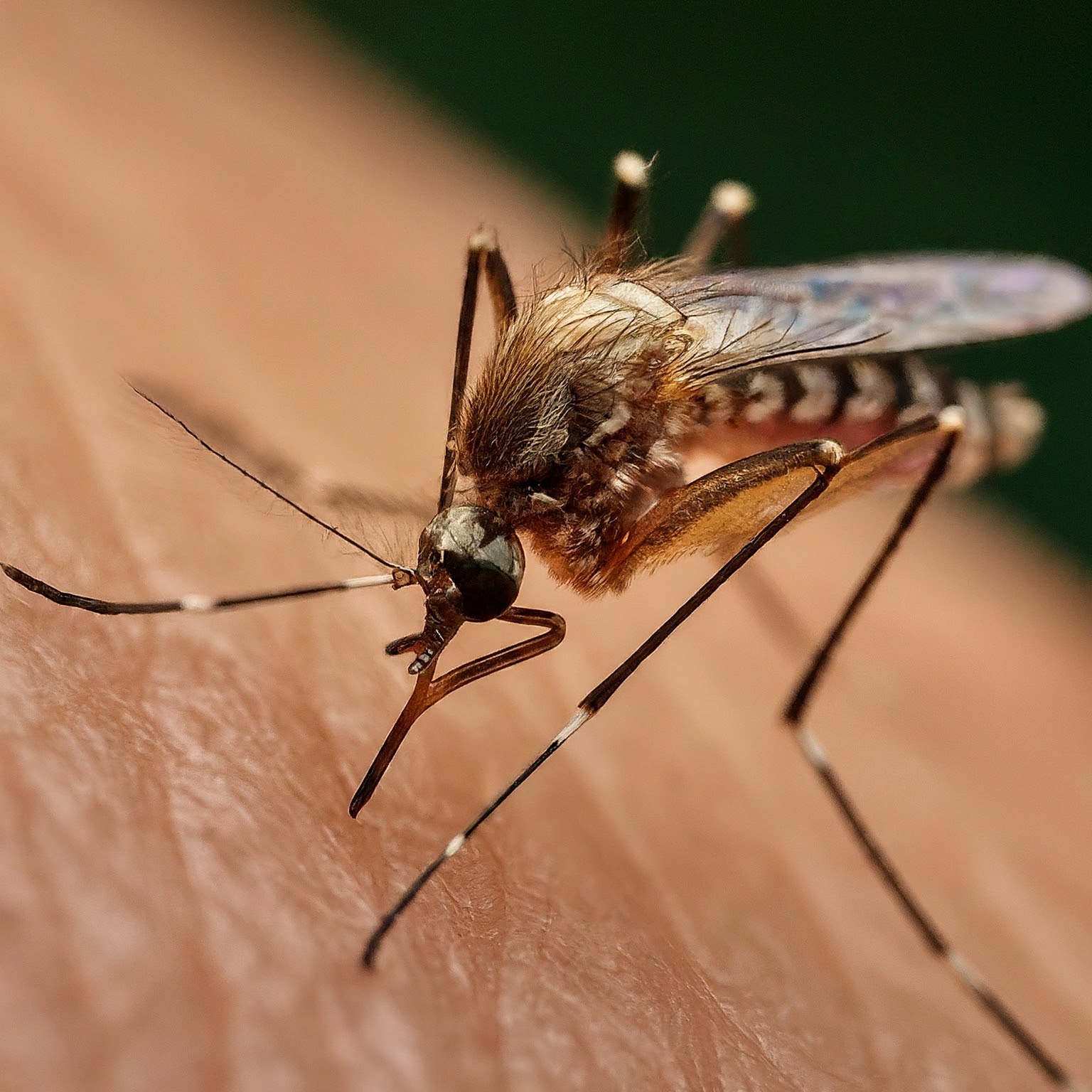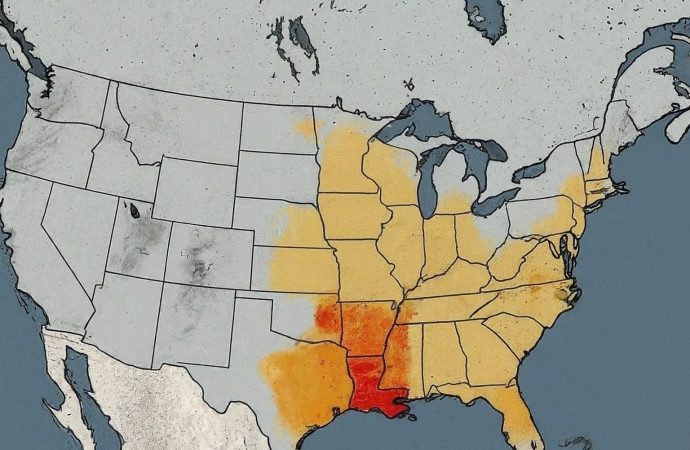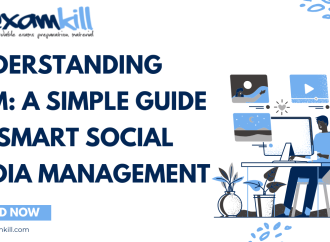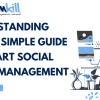Introducing Dr. Olivia Green: Dr. Olivia Green is a passionate physician with a lifelong dedication to environmental health. Witnessing the growing impact of climate change on her patients inspired her to become a vocal advocate for environmental action. In this article, Dr. Green sheds light on a concerning aspect of global warming: the rise of
Introducing Dr. Olivia Green:
Dr. Olivia Green is a passionate physician with a lifelong dedication to environmental health. Witnessing the growing impact of climate change on her patients inspired her to become a vocal advocate for environmental action. In this article, Dr. Green sheds light on a concerning aspect of global warming: the rise of infectious diseases.
How a Warming World Breeds More Illness
Climate change disrupts the delicate balance of our ecosystems, creating ideal breeding grounds for disease-carrying organisms. Warmer temperatures allow mosquitoes, ticks, and other disease vectors to expand their range and thrive in new areas. This increases the risk of mosquito-borne illnesses like dengue fever, malaria, and Zika virus, as well as tick-borne diseases like Lyme disease and Powassan virus encephalitis.

Picture by: Google Gemini
Beyond Bugs: Waterborne Woes
Rising temperatures also impact water quality. Warmer water creates favorable conditions for harmful bacteria and pathogens to flourish in rivers, lakes, and oceans. This can contaminate drinking water sources and increase the risk of waterborne illnesses like cholera, typhoid fever, and diarrheal diseases.
A Breath of Trouble: Air Quality and Allergies
Climate change also worsens air quality. Rising temperatures contribute to the formation of ground-level ozone, a major component of smog. This irritates the respiratory system and exacerbates allergies and conditions like asthma. Additionally, longer pollen seasons due to a warming climate can trigger allergic reactions and worsen respiratory issues.
Table 1: How Climate Change Fuels Disease
| Disease | Climate Change Impact | Outcome |
|---|---|---|
| Mosquito-borne diseases (dengue fever, malaria, Zika virus) | Warmer temperatures expand mosquito habitat | Increased transmission risk |
| Tick-borne diseases (Lyme disease, Powassan virus encephalitis) | Warmer temperatures allow ticks to thrive in new areas | Greater exposure risk |
| Waterborne diseases (cholera, typhoid fever, diarrhea) | Warmer water fosters bacteria growth | Contaminated water sources |
| Respiratory illnesses | Increased ground-level ozone | Exacerbated asthma and allergies |
The Ripple Effect: Vulnerable Populations
The burden of climate change-induced diseases falls disproportionately on vulnerable populations. Children, pregnant women, and the elderly often have weaker immune systems, making them more susceptible to illness. Additionally, low-income communities often have limited access to healthcare and clean water, further amplifying the risks associated with climate-linked diseases.

Picture by: Google Gemini
Taking Action: Protecting Ourselves and Our Planet
While the situation may seem daunting, there are steps we can all take to protect ourselves and our planet. Here are some key actions:
- Reduce your carbon footprint: Lowering our reliance on fossil fuels can help mitigate climate change. Consider using public transportation, cycling, or walking whenever possible.
- Advocate for climate action: Support policies that promote clean energy and sustainable practices. Contact your local representatives and urge them to prioritize environmental protection.
- Stay informed: Staying updated on climate change and its health impacts empowers you to make informed decisions for your well-being.
- Invest in preventative measures: Use insect repellent to protect yourself from mosquito and tick bites. Practice good hygiene to reduce the risk of waterborne illnesses.
Conclusion: A Healthy Planet, a Healthy You
By working together, we can combat climate change and safeguard our health. Remember, a healthy planet is essential for a healthy you. Let’s take action today to build a more resilient future for ourselves and generations to come.






















